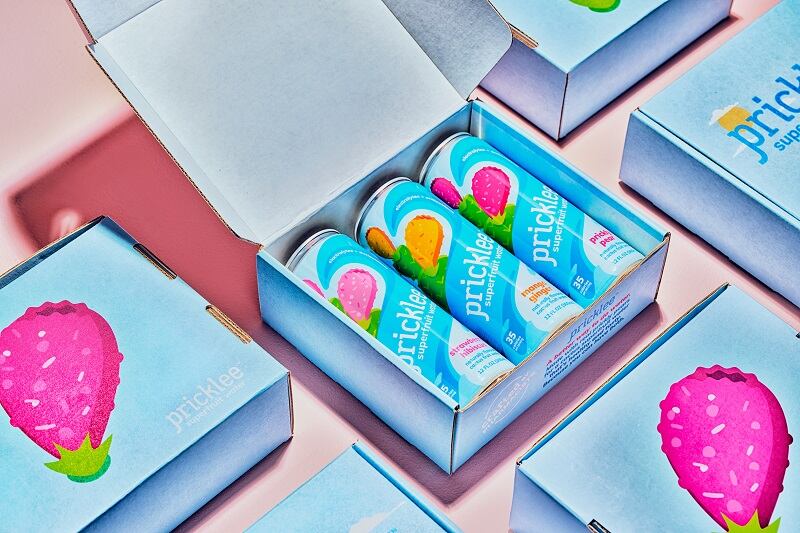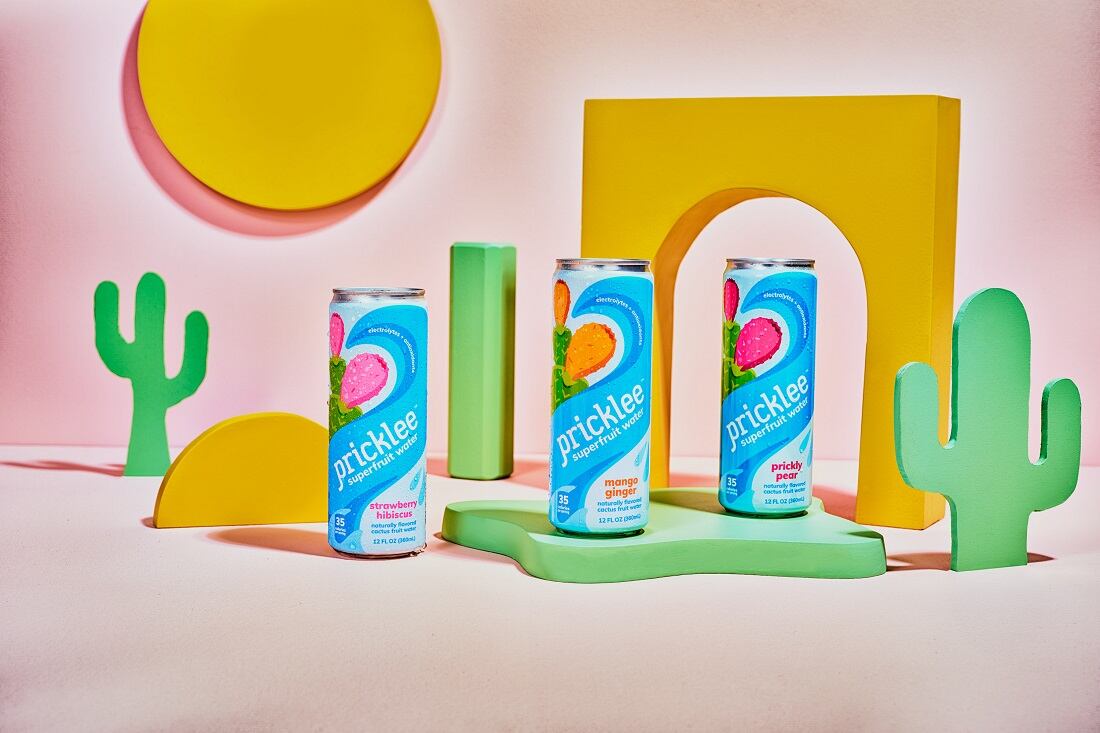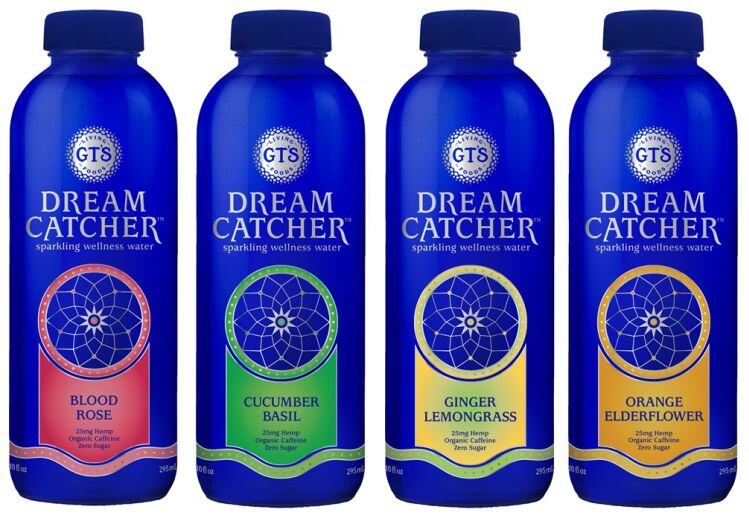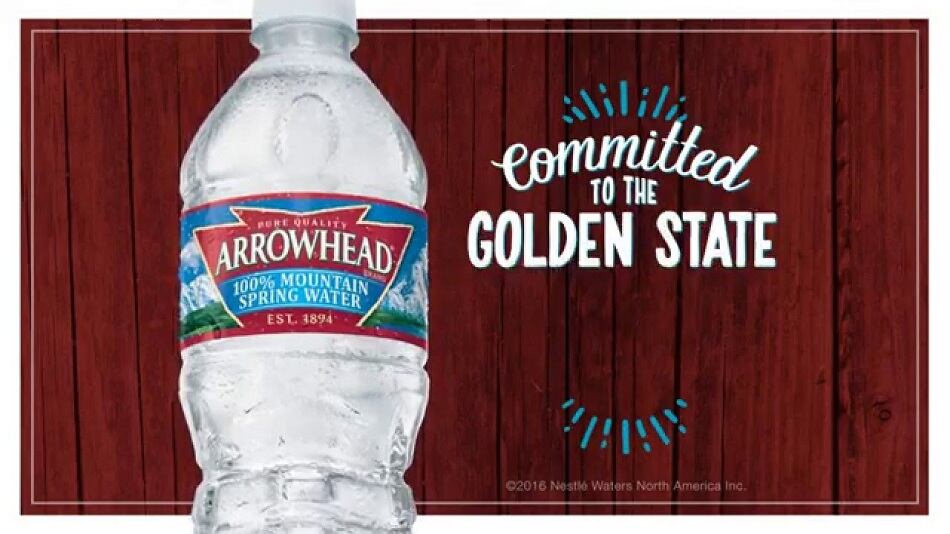Pricklee was founded by five healthcare workers that just couldn't bring themselves to enjoy the taste of coconut water (harshly equating the flavor to "lukewarm backwash" on the company website).
Despite the category's meteoric success, beginning in 2004-2005 when the first major coconut water brand, Vita Coco, hit the US market, Pricklee's founders maintain that many consumers don't actually enjoy the taste, frankly stating on the website that they consider themselves a part of "the silent majority of coconut water haters.
"Whenever we went to the beverage aisle [at a Whole Foods or Wegmans] we noticed everything at that time was a coconut water or was made from coconut water. Just being people that weren't fans of coconut water, we felt like there wasn't another plant-based option that gave us the benefits of coconut water that was also an everyday drink we could consume," Kun Yang, Pricklee CEO told FoodNavigator-USA.
Their solution was to develop an alternative plant water that could deliver on taste and function using the fruit of a cactus (i.e. the prickly pear), the original idea of which came from one of Pricklee's other co-founders, who spent his childhood in Lebanon where his grandmother would often give him the juice from prickly pears, which grow in the country's arid climate.
"As kids,we loved it because it tasted like a cross between watermelon and bubblegum," said Yang, who said as healthcare workers, the team was excited to learn about the fruit's host of purported health benefits (from vitamin C, flavonoids, betalains, and polyphenols) such as supporting skin healthy, immunity, and recovery. Pricklee products also contain half the sugar and calories of an equivalent serving of the leading coconut water brand.
It took about a year for the team, who were new to the world of CPG, to figure out the logistics, ingredient sourcing, flavor development, branding, and manufacturing before launching its first product.
"In October of last year, we finally reached a place where we were able to scale our product and figure out a way to talk about it to our audience, which is that 'cactus is the new coconut'," said Yang.
Since then, Yang and the brand's other co-founders have been focused on its DTC business and a retail launch (while dressed in cactus suits handing out samples on the streets of New York and Boston).
"That's what we're going to continue to do all summer long," said Yang.
Coconut water helped pave the way for new plant water entrants
While Pricklee may seem to be throwing a few jabs at the coconut water category with its 'anti-coconut' messaging, Yang and his team do recognize that the brand probably wouldn't be around if it weren't for a few trailblazing brands that entered the US market over 15 years ago.
"There are so many parallels to how we're launching cactus water to how coconut water first launched in the US," said Yang, who acknowledged how coconut water built the category of plant waters that largely didn't exist 16 years ago.
"Back in 2005, there were three brands that really built the category from $0 to $2bn in sales in the US," he noted.
But according to Yang, there are strong signals from consumers that they're looking for an alternative to coconut water.
"We're seeing this in our messaging that a lot of folks are buying Pricklee, because they don't like coconut [water] and they're glad there's something else they can drink," he said.
Yang also believes that the path to education for cactus is already very similar to the high degree of consumer awareness there is for the coconut and all of its different product variations, from cooking oils to coconut chips and bars.
"You're seeing the same thing with cactus too, with cactus chips, snacks, drinks, and seltzers," said Yang.

Prickly pear, the antioxidant powerhouse of the cactus
Sourcing its star ingredient from Mexico and southwest areas of the US such as Texas, Yang said there are many advantages to using the prickly pear, including its abundance (found in over 30 countries) and long history as a staple food ingredient for many cultures. Cacti, and by extension prickly pear, can survive on very little water, making it a sustainable ingredient source, added Yang.
"The prickly pear has been native to Mexico for over 9,000 years. They use it for everything from medicine to drinks to food. The best part is we only use the fruit, so we're only harvesting the seasonal fruit leaving the rest of the cactus intact," he said.
Yang explained the company uses a purée of the prickly pear which removes the fine needles found on the fruit, while preserving the parts containing all the antioxidants. Pricklee's final product formulation is a blend of prickly pear purée, filtered water, agave nectar, lemon juice, hibiscus, and natural fruit flavors.
'Cactus is the new coconut'
The bulk of Pricklee's retail efforts have been online, where the brand is pinning down its brand messaging and fostering a sense of community to drive adoption of its subscription service called the 'anti-coconut club', said Yang.
"We're really proud of our DTC side of the business, and we put a lot of weight into making sure it's a place where people can feel at home and foster a sense of community," he said.
On the retail side of the business, Pricklee is focused on expanding its distribution in the specialty and natural channel as well as other outles
"In New York City, we're launching a 7-Eleven test in 180 locations as part of their emerging brands program," said Yang, who added that the brand is also growing its presence in healthy cafés and quick service restaurants in the New York and Boston metro areas.



